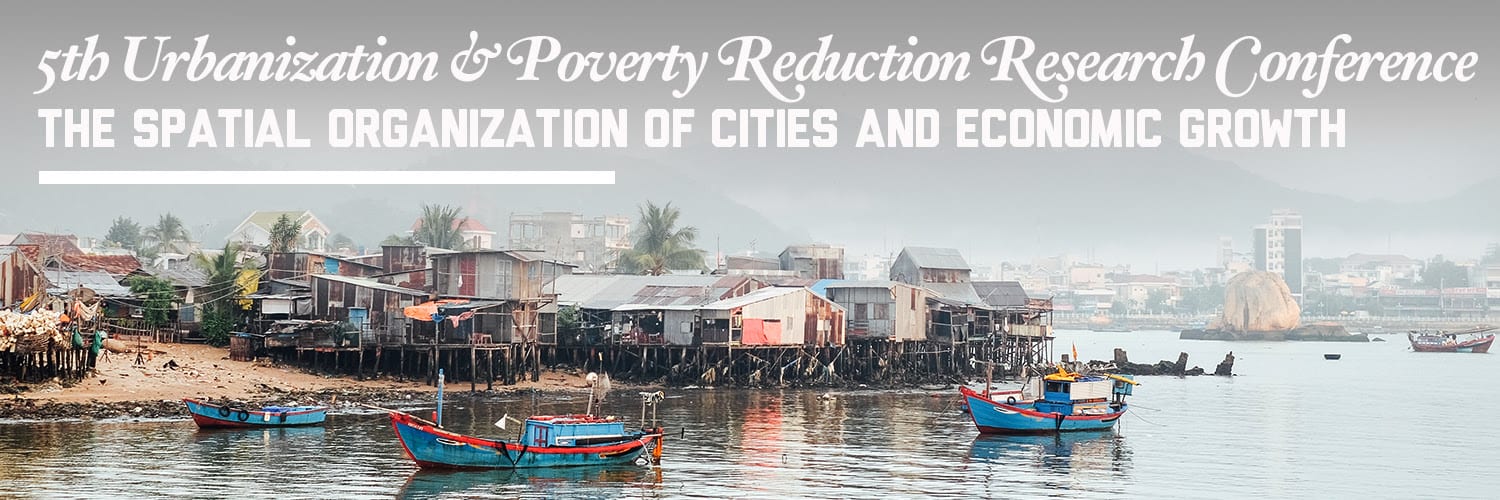February 2022
Paul E. Carrillo and Anthony Yezer
Abstract: This paper demonstrates theoretically and empirically that estimated implicit prices from hedonic equations using house value do not reflect implicit willingness to pay for housing attributes unless very strong conditions are present. The argument is simple. Implicit prices obtained from rental hedonics, consistent with theory, can potentially be used to reveal the willingness to pay for current housing services. Therefore hedonic equations relating asset prices to current characteristics only reveal willingness to pay for structure and neighborhood services if cap rates (rent to value ratios) are constant. In some cases, the sign of the bias inherent in using asset rather than rental prices can be anticipated. Some rules and tests for situations where cap rates are constant are developed. At a minimum some of these checks for variation in cap rates should be implemented before using asset price hedonics to measure the current flow of housing services.
Key Words: Hedonic models, implicit markets, capitalization rate, environmental valuation

